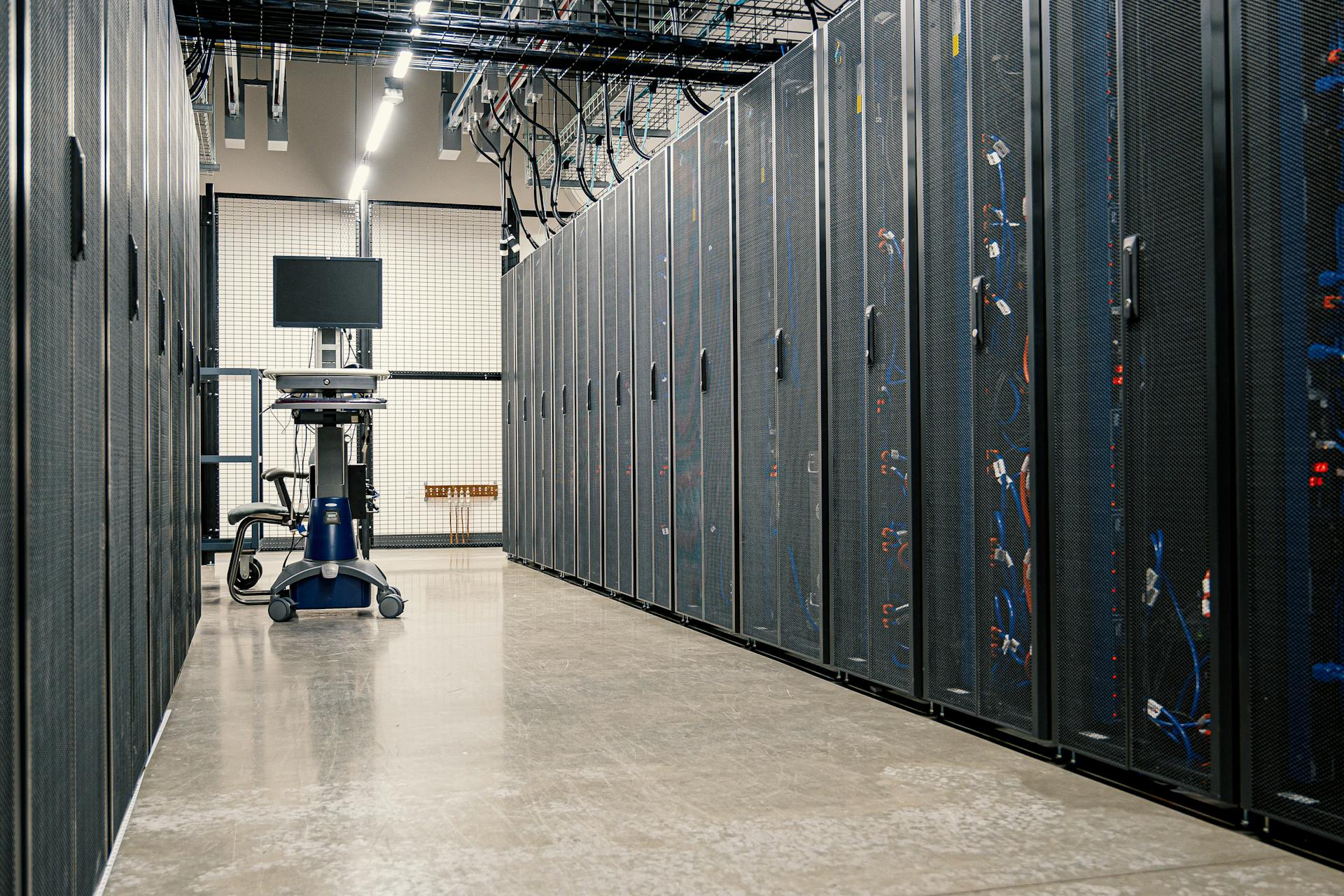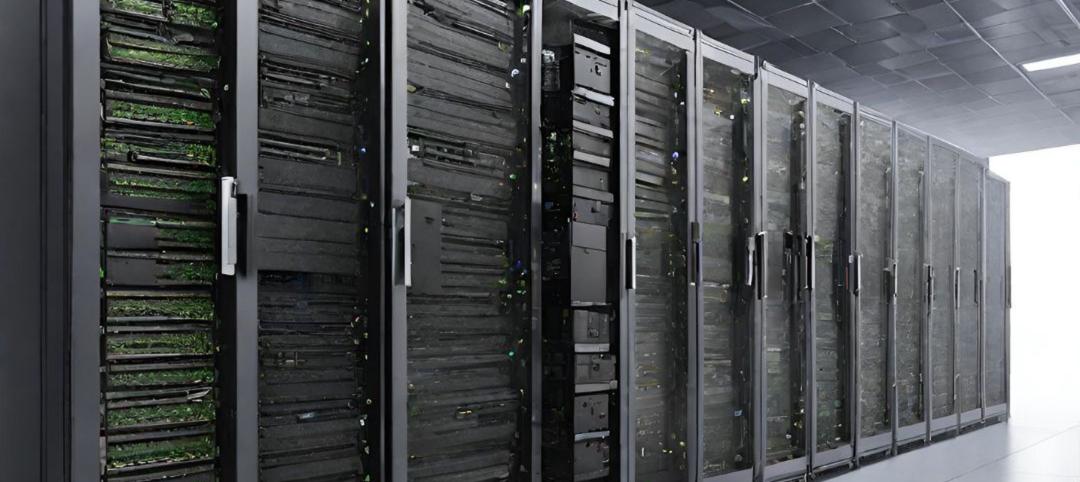A projected surge in data-dependent technologies, including the Internet of Things (IoT) and generative artificial intelligence (AI), globally will require substantial IT infrastructure support provided by edge data centers. Analysis by global real estate consulting firm JLL (NYSE: JLL) predicts edge IT infrastructure and data centers will become a $317 billion market globally by 2026, representing a 107% growth from the 2020 market valued at $153 billion.
JLL defines an edge data center as a facility that brings computing power closer to where the data is generated or consumed. Globally, the growth of edge computing will be influenced by the not only the emergence several technology-based megatrends but also the need for faster data transfer and high computation, as well as factors such as policies and regulations. From an infrastructural standpoint, organizations rely on edge data centers to process and analyze data in real-time at the edge of the network, facilitating faster decision-making and more efficient operations.
The rise of edge IT infrastructure focused on data centers will mirror the growth of IoT devices, which JLL analysis projects will expand at a compound annual growth rate (CAGR) of 9.8% over the next five years. JLL’s analysis of a 2023 survey1 of data center professionals cited the requirement for low latency and high bandwidth (41%) was the most important driver for edge data center deployments, followed closely by data security and privacy (38.3%).
Consumers and enterprises demanding improved products and services like low latency, high computing, generative AI and omnipresence will likely ensure that the cloud environment and future of edge data centers remain healthy with the opportunities observed. In addition, Asia Pacific (APAC) and the Middle East North Africa (MENA) regions, which hold significant growth potential due to rising internet and mobile penetration among the rural population, will further support opportunities in the addressable edge data center market. In the United States, 21% of data center development is happening in edge geographies.
“Consumers and corporations will continue to adapt to transformational technologies within daily life and without the distribution of data processing and storage across various locations, cutting edge efficiencies and solutions like IoT and generative AI will not transition to mainstream acceptance,” said Jonathan Kinsey, EMEA Lead and Global Chair, Data Centre Solutions, JLL. “Edge data centers will be essential to ensure both seamless business operations in the future economy while also improving security measures and protecting against potential disruptions. By lowering latency by bringing the computing infrastructure closer to the data source and user, edge IT infrastructure will become an essential component in the international economy.”
JLL analysis concludes that enterprises typically use a combination of different data center types, including on-premises, colocation, cloud and edge, when deploying their IT infrastructure, depending on user needs. However, the continual growth in data and connected devices has driven the need for increased storage, computing and network capabilities closer to the end points of use and created a need for edge computing and associated data centers.
The size of the edge computing market can be measured in different ways. JLL’s estimate of a $317 billion total addressable market comprises the complete IT infrastructure, colocation revenue, colocation supply and cloud services revenue, all specifically at the edge. From the IT infrastructure lens, the edge computing market consists of all the IT hardware, including storage, computing and networking equipment that enable the delivery of digital services at the furthest points of a network.
Learn more in JLL’s The Enduring Significance of Edge Data Centers report.
1 Source: DatacenterDynamics, Enterprise Edge Adoption Trends Survey Report, 2023.
Related Stories
Data Centers | Oct 1, 2024
10 biggest impacts to the data center market in 2024–2025
While AI sends the data center market into the stratosphere, the sector’s accelerated growth remains impacted by speed-to-market demands, supply chain issues, and design innovation necessities.
Data Centers | Sep 2, 2024
Data center demand continues its feverish growth rate
But JLL’s latest market report worries that the sector is outpacing its manpower and electricity capacities.
Multifamily Housing | Aug 21, 2024
Nation's leading multifamily developer expands into infrastructure
Greystar's strategy for infrastructure is driven by the shifting landscape of today's cities—primarily in the increased digitization, urbanization, and transitions to clean energy.
Construction Costs | Jul 18, 2024
Data center construction costs for 2024
Gordian’s data features more than 100 building models, including computer data centers. These localized models allow architects, engineers, and other preconstruction professionals to quickly and accurately create conceptual estimates for future builds. This table shows a five-year view of costs per square foot for one-story computer data centers.
Data Centers | Feb 28, 2024
What’s next for data center design in 2024
Nuclear power, direct-to-chip liquid cooling, and data centers as learning destinations are among the emerging design trends in the data center sector, according to Scott Hays, Sector Leader, Sustainable Design, with HED.
Data Centers | Feb 1, 2024
Gen AI will drive data center growth, says latest JLL sector report
Power access is pushing developers toward alternative sources and secondary markets.
Data Centers | Nov 22, 2023
How is artificial intelligence impacting data center design?
As AI is reshaping how we interact with machines and the world around us, the design of data centers needs to adapt to this fast-changing landscape. So, Page pairs expert thinking with high-performing solutions to meet the needs of rapidly advancing technologies.
Data Centers | Nov 13, 2023
Data center sector trends for 2023-2024
Demand for more data centers is soaring, but delivery can be stymied by supply delays, manpower shortages, and NIMBYism.
Giants 400 | Oct 2, 2023
Top 50 Data Center Construction Firms for 2023
Turner Construction, Holder Construction, HITT Contracting, DPR Construction, and Fortis Construction top BD+C's ranking of the nation's largest data center sector contractors and construction management firms for 2023, as reported in Building Design+Construction's 2023 Giants 400 Report.
Giants 400 | Oct 2, 2023
Top 60 Data Center Engineering Firms for 2023
Jacobs, Burns & McDonnell, WSP, EXP, and Alfa Tech head BD+C's ranking of the nation's largest data center sector engineering and engineering/architecture (EA) firms for 2023, as reported in Building Design+Construction's 2023 Giants 400 Report.

















